Introduction: Understanding the Importance of Protecting Wooden Floors
Wooden floors are a valuable asset to any home or business, adding beauty and elegance to the space. they are also susceptible to scratches, which can diminish their appearance and reduce their lifespan. Therefore, it is crucial to protect wooden floors from scratches to maintain their longevity and aesthetics.
There are several common causes of scratches on wooden floors, with furniture being one of the primary culprits. When furniture is dragged across the floor, the legs can catch on the wood, resulting in deep gouges and scratches. Pets can also contribute to scratches on wooden floors, as their claws can catch on the surface and cause damage. Additionally, shoes with abrasive soles can leave scratches on the wood when walked upon.
Dragging furniture across wooden floors can have a significant impact on both their longevity and aesthetics. The friction caused by dragging furniture can lead to deep scratches and gouges that are challenging to repair. Furthermore, the finish of the floor can wear away, leaving the wood exposed and vulnerable to further damage. This can result in a dull and worn-out appearance.
To protect wooden floors from scratches, it is essential to use furniture glides or felt pads on the legs of furniture. These accessories reduce friction between the furniture and the floor, minimizing the risk of scratches. Additionally, it is advisable to avoid dragging furniture altogether and instead lift it when moving. Regularly cleaning and sealing the floor can also provide an extra layer of protection against scratches.
Identifying the Type of Your Wooden Floor
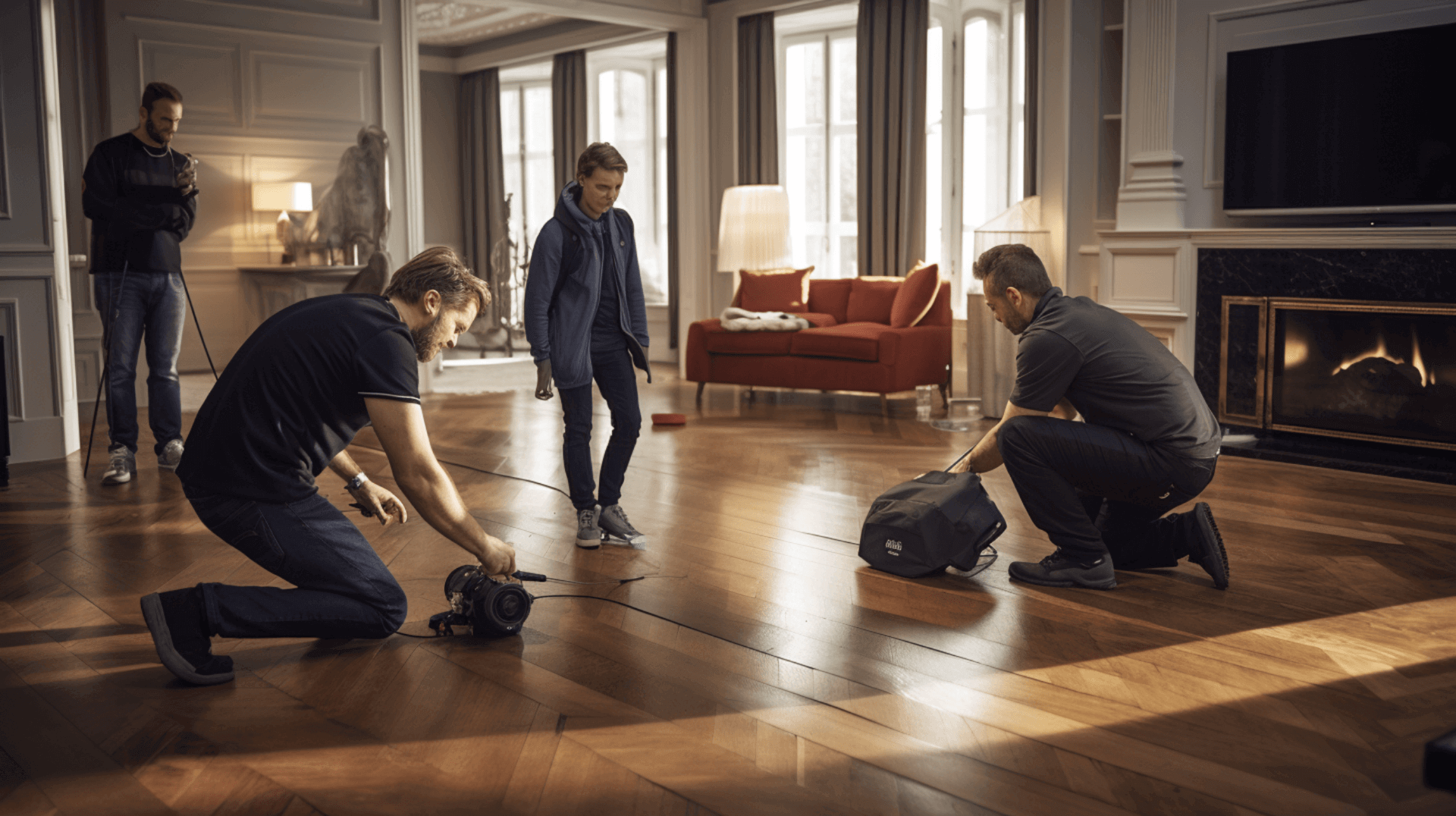
When it comes to wooden floors, there are several different types to choose from, each with its own unique characteristics. Solid wood floors are made from one piece of wood, while engineered wood floors are made from several layers of wood. Laminate floors are made from a composite material, while hardwood floors are made from a variety of hardwood species.
The type of wooden floor can affect its susceptibility to scratches. Solid wood floors are more susceptible to scratches than engineered wood floors, as the surface is made from one piece of wood. Laminate floors are also more susceptible to scratches than engineered wood floors, as the surface is made from a composite material. Hardwood floors are generally more resistant to scratches than other types of wooden floors, as the hardwood species used are more durable.
To summarize, solid wood floors are the most vulnerable to scratches, while engineered wood and hardwood floors offer more resistance. Laminate floors fall in between, being more susceptible to scratches than engineered wood floors. Understanding the characteristics of each type of wooden floor can help homeowners and business owners make informed decisions about protecting their floors from scratches.
The Science Behind Scratches: Understanding the Janka Hardness Rating
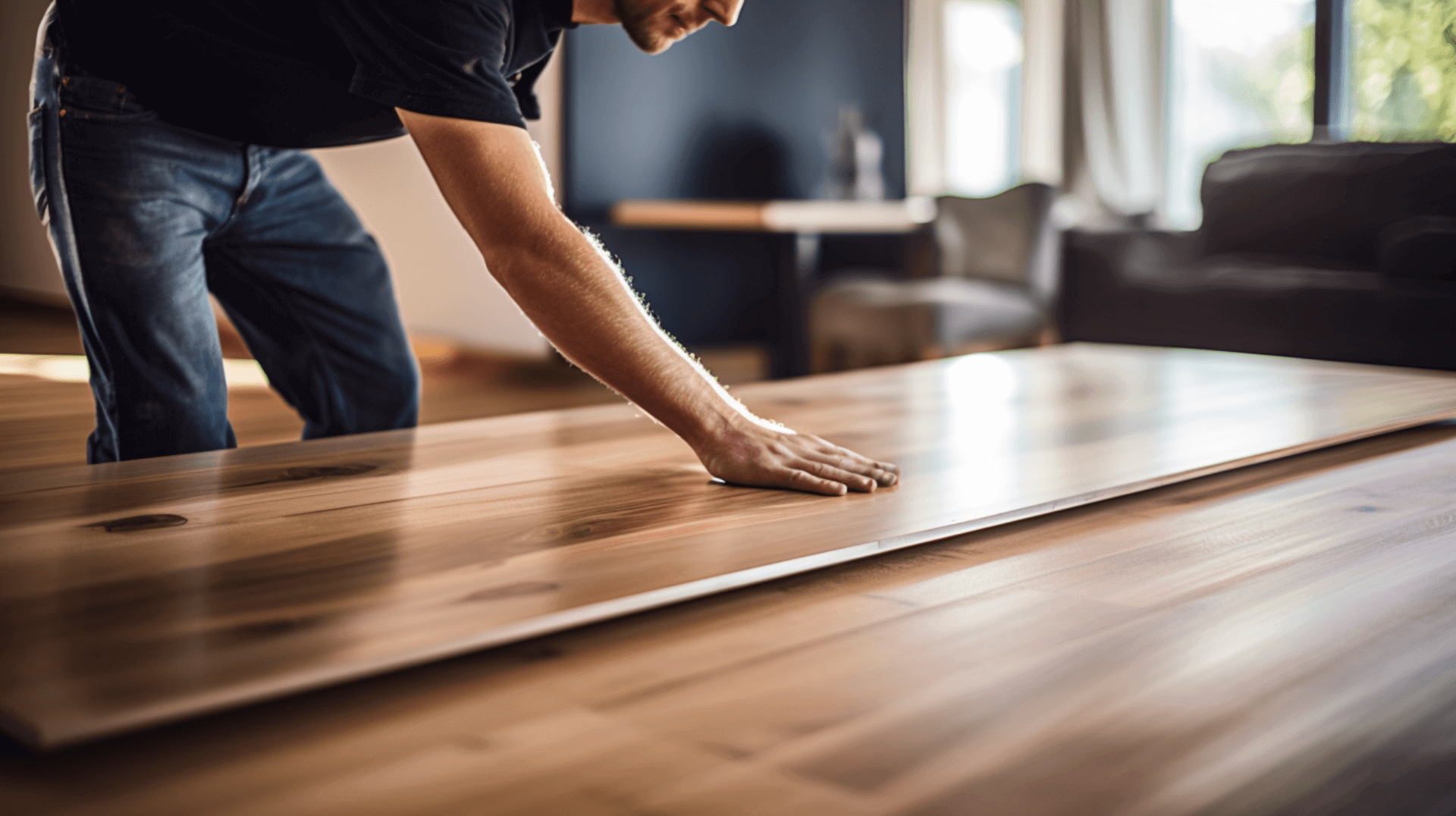
The Janka Hardness Rating is an important factor to consider when selecting a wooden floor, as it indicates the scratch resistance of the wood. The Janka Hardness Rating is a measure of the force required to embed a .444 inch steel ball into the wood. The higher the rating, the more resistant the wood is to scratches and indentations.
The Janka Hardness Rating is directly related to the scratch resistance of wooden floors. Harder woods, such as oak and hickory, have higher Janka Hardness Ratings and are more resistant to scratches. Softer woods, such as pine and cedar, have lower Janka Hardness Ratings and are more susceptible to scratches. Ring-porous woods, such as oak and hickory, have larger pores at the beginning of each annual growth ring, which makes them more resistant to scratches.
To determine the Janka Hardness Rating of your wooden floor, you can consult the manufacturer or a flooring specialist. The Janka Hardness Rating is typically listed on the product label or in the product specifications. Additionally, you can search online for the Janka Hardness Rating of the specific type of wood used in your floor.
It is important to note that the Janka Hardness Rating is not the only factor to consider when selecting a wooden floor. The type of wood, the thickness of the boards, and the finish applied to the wood can also impact its scratch resistance. By considering all these factors, homeowners and business owners can make informed decisions and choose a wooden floor that meets their needs for both aesthetics and durability.
Preparing Your Wooden Floor for Furniture Movement
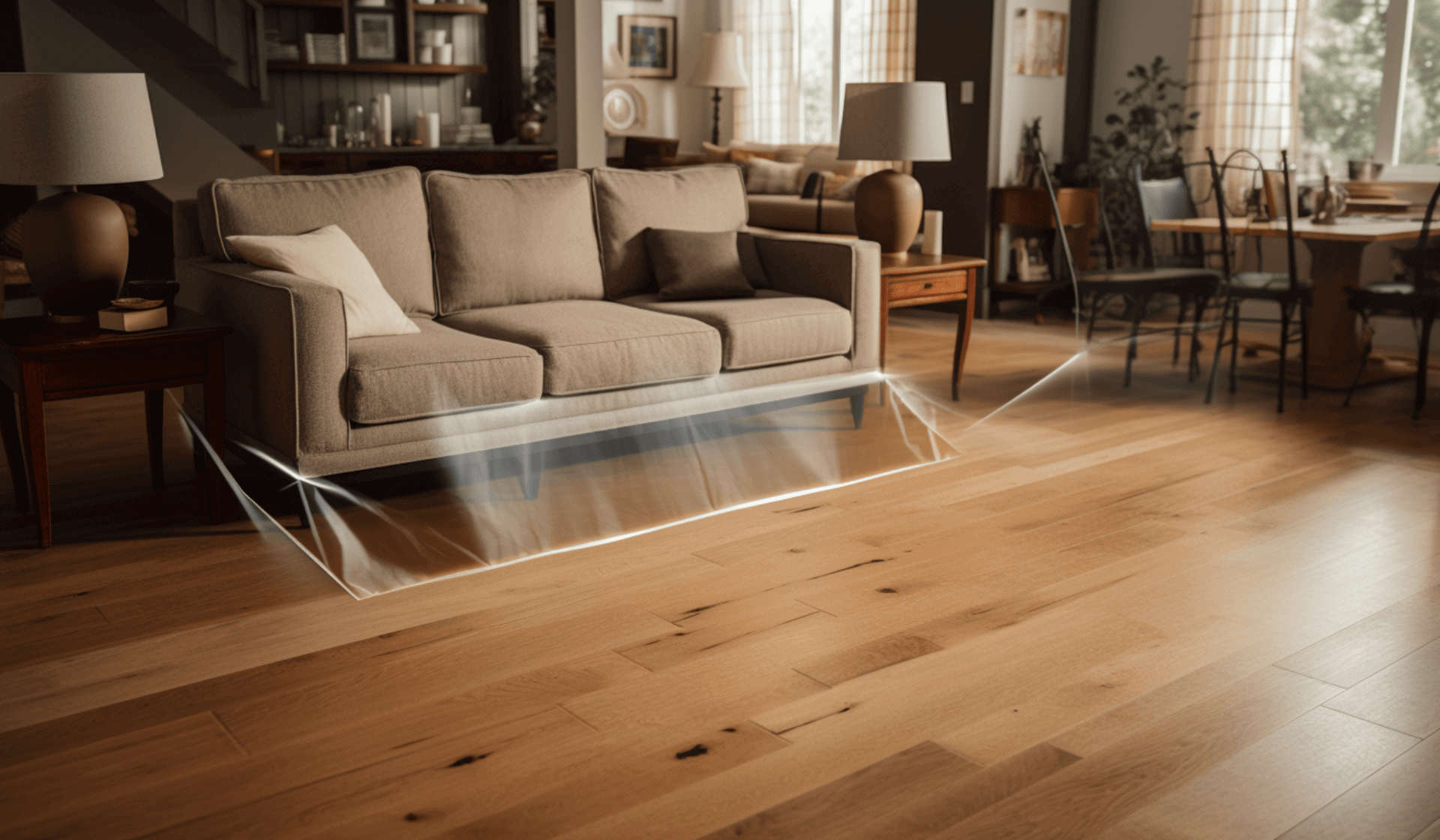
To prepare a wooden floor for furniture movement and protect it from scratches, it is important to follow a few additional steps. inspect the floor for any existing scratches or damage. If any damage is found, it should be repaired before moving the furniture. Additionally, clean the floor with a wood-safe cleaner to ensure it is free from dirt and debris.
In the context of installing insulation, it is crucial to check for any water or condensate pipes in the sub-floor voids and consider them in the design or installation process. Identify any repairs that may be required to facilitate the installation of insulation, such as repairing defects or providing additional ventilation. Estimate the time required for the works and inform the customer of any potential deviations caused by unforeseen issues.
When preparing the floor for furniture movement, it is important to determine the extent of any making good that is included in the work being carried out, such as redecoration. Fully inform the customer about the work being done, including any areas that may not be accessible due to lifted floorboards. Properly cordon or barrier any openings or hazards to ensure safety.
Considering these additional safety considerations and manufacturer recommendations, it is essential to use the right materials and tools to protect the wooden floor from scratches during furniture movement. Furniture glides or felt pads should be used on the legs of the furniture, and a furniture dolly or moving blanket can provide additional protection.
By following these steps and considering the specific context of installing insulation, homeowners and business owners can effectively prepare their wooden floors for furniture movement, ensuring the floor remains protected from scratches and maintaining its longevity and aesthetics.
Best Practices for Moving Furniture on Wooden Floors
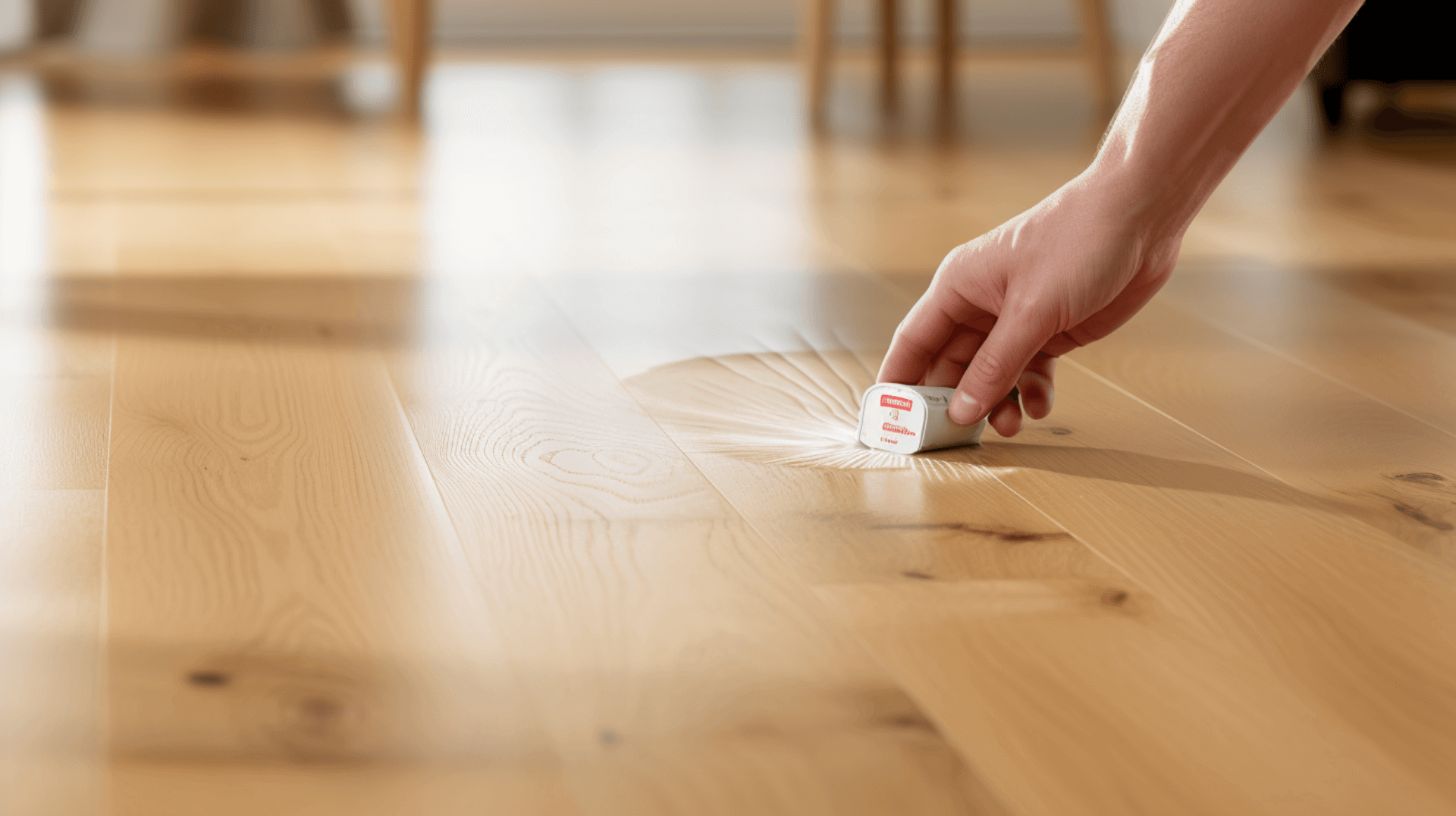
When moving furniture on wooden floors, it is important to take the necessary precautions to prevent scratches. The best techniques for moving furniture on wooden floors include using furniture sliders, furniture dollies, and moving blankets. Furniture sliders reduce friction and make it easier to move furniture without causing scratches. Furniture dollies provide a stable platform for heavy furniture, allowing it to be lifted and moved without dragging it across the floor. Moving blankets offer an extra layer of protection between the furniture and the floor.
Inspecting the floor for any existing scratches or damage before moving the furniture is crucial. If any damage is found, it should be repaired before proceeding with the furniture movement. Additionally, cleaning the floor with a wood-safe cleaner ensures that it is free from dirt and debris, further protecting it from scratches.
When moving heavy furniture on wooden floors, it is important to lift the furniture rather than dragging it. Dragging furniture can cause scratches and damage to the floor. Using furniture sliders and dollies can make lifting and moving heavy furniture easier and safer.
By following these best practices and utilizing furniture sliders, dollies, and moving blankets, homeowners and business owners can safely move furniture on wooden floors without causing scratches or damage. These techniques help protect the floor and maintain its aesthetic appeal for years to come.
Protective Coatings: An Essential Shield for Your Wooden Floor
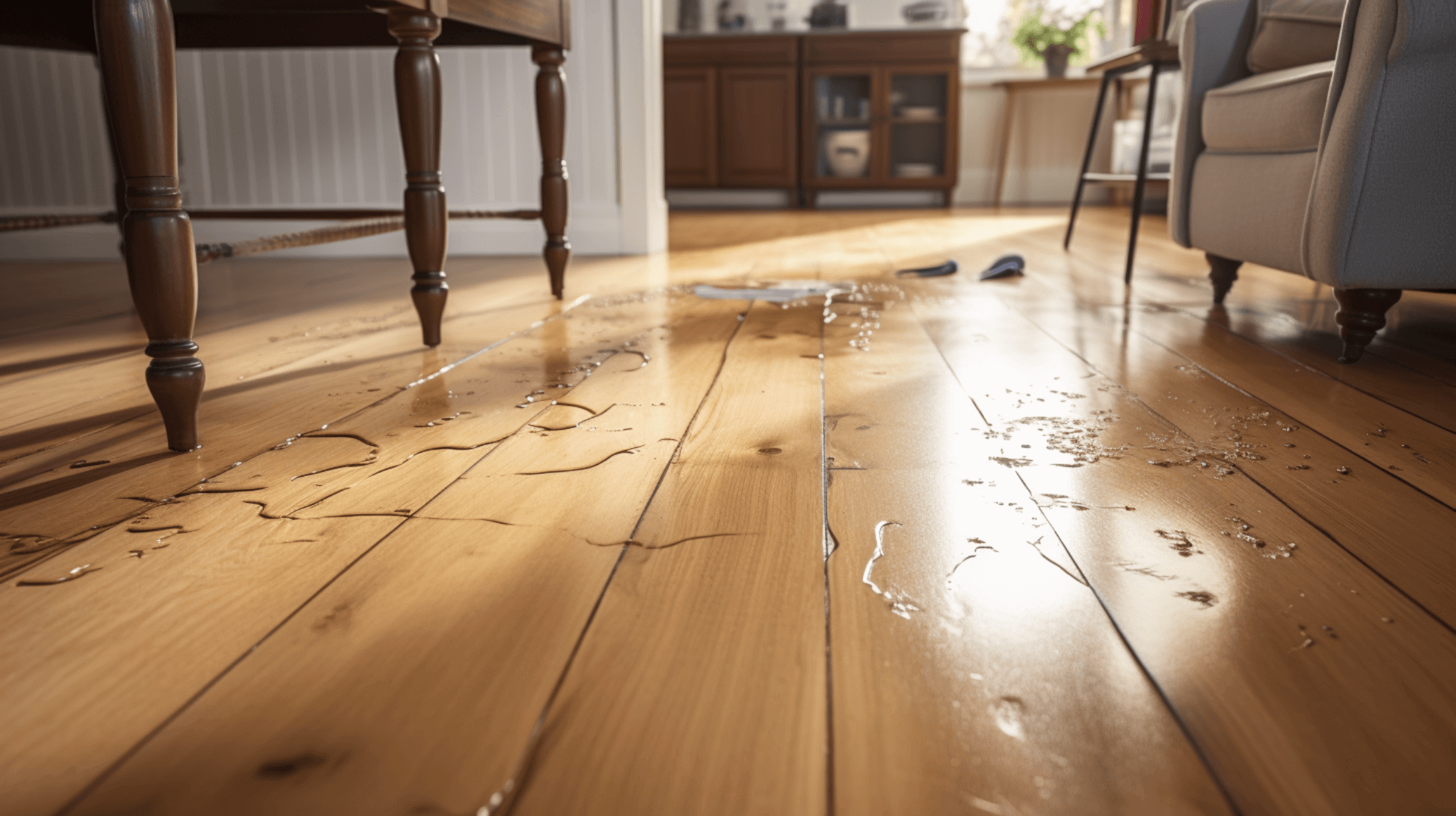
Protective coatings are an essential shield for wooden floors, providing an extra layer of protection against scratches and other damage. There are a variety of protective coatings available for wooden floors, including polyurethane, wax, and oil-based finishes. Polyurethane is the most common type of protective coating, as it is durable and provides a glossy finish. Wax and oil-based finishes are also popular, as they provide a natural look and feel.
A protective coating helps prevent scratches by providing an extra layer of protection between the floor and potential sources of damage, such as furniture or foot traffic. It also helps protect the floor from dirt and debris, making it easier to clean. Additionally, a protective coating can help reduce the appearance of existing scratches and make the floor look like new.
The process of applying a protective coating on a wooden floor involves several steps. the floor should be thoroughly cleaned and any existing scratches should be repaired. It is also important to inspect the floor for any water or condensate pipes in the sub-floor voids and consider them in the design or installation process. With the customer’s permission, materials and possessions should be removed if the customer is unable to do so. Dust sheets should be used to protect any remaining furniture or belongings.
Next, the protective coating is applied using a brush, roller, or sprayer, following the manufacturer’s instructions. It is important to apply thin, even coats and allow each coat to dry before applying the next. The number of coats required may vary depending on the type of coating and the desired level of protection.
After the protective coating has been applied, it is important to allow it to cure fully before subjecting the floor to heavy foot traffic or moving furniture back into the room. This curing process can take several days, so it is important to plan accordingly.
By applying a protective coating and following the proper application process, homeowners and business owners can ensure their wooden floors remain protected and maintain their beauty for years to come.
Repairing Minor and Deep Scratches: A StepbyStep Guide
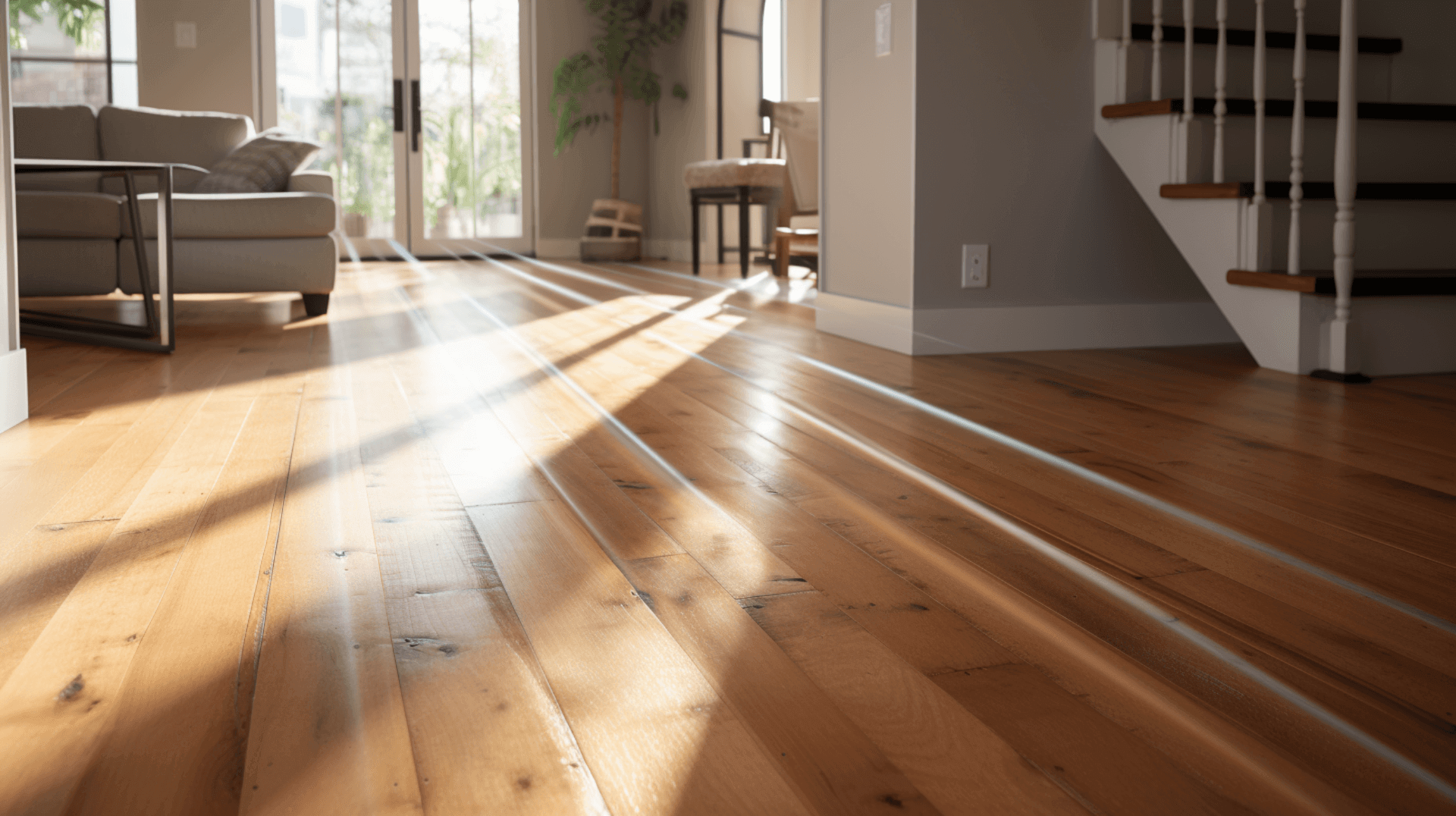
When repairing scratches on wooden floors, it is important to take the necessary precautions to prevent further damage. The different methods for repairing minor and deep scratches on wooden floors include buffing with a soft cloth for minor scratches, and using a wood filler for deeper scratches. To repair deep scratches, it is important to first clean the area and remove any dirt or debris. Next, a wood filler should be applied to the scratch and allowed to dry. Once the filler has dried, it can be sanded down to match the level of the surrounding floor. Finally, the area should be buffed with a soft cloth to restore the natural beauty of the floor.
It is also important to inspect the floor for any water or condensate pipes in the sub-floor voids and consider them in the repair process. These pipes can increase the risk of decay and infestation, so it is important to thoroughly investigate all suspect timbers near actual or potential sources of dampness. Additionally, the moisture content of the timber joists should not exceed 20%, as insulating timber with high levels of moisture can lead to adding additional stress to the timbers and accelerating their decay or covering up an existing problem.
By following these methods and taking the necessary precautions, homeowners and business owners can effectively repair minor and deep scratches on their wooden floors, restoring their natural beauty and ensuring the longevity of the floor.
The Role of Moisture Content in Wooden Floor Maintenance
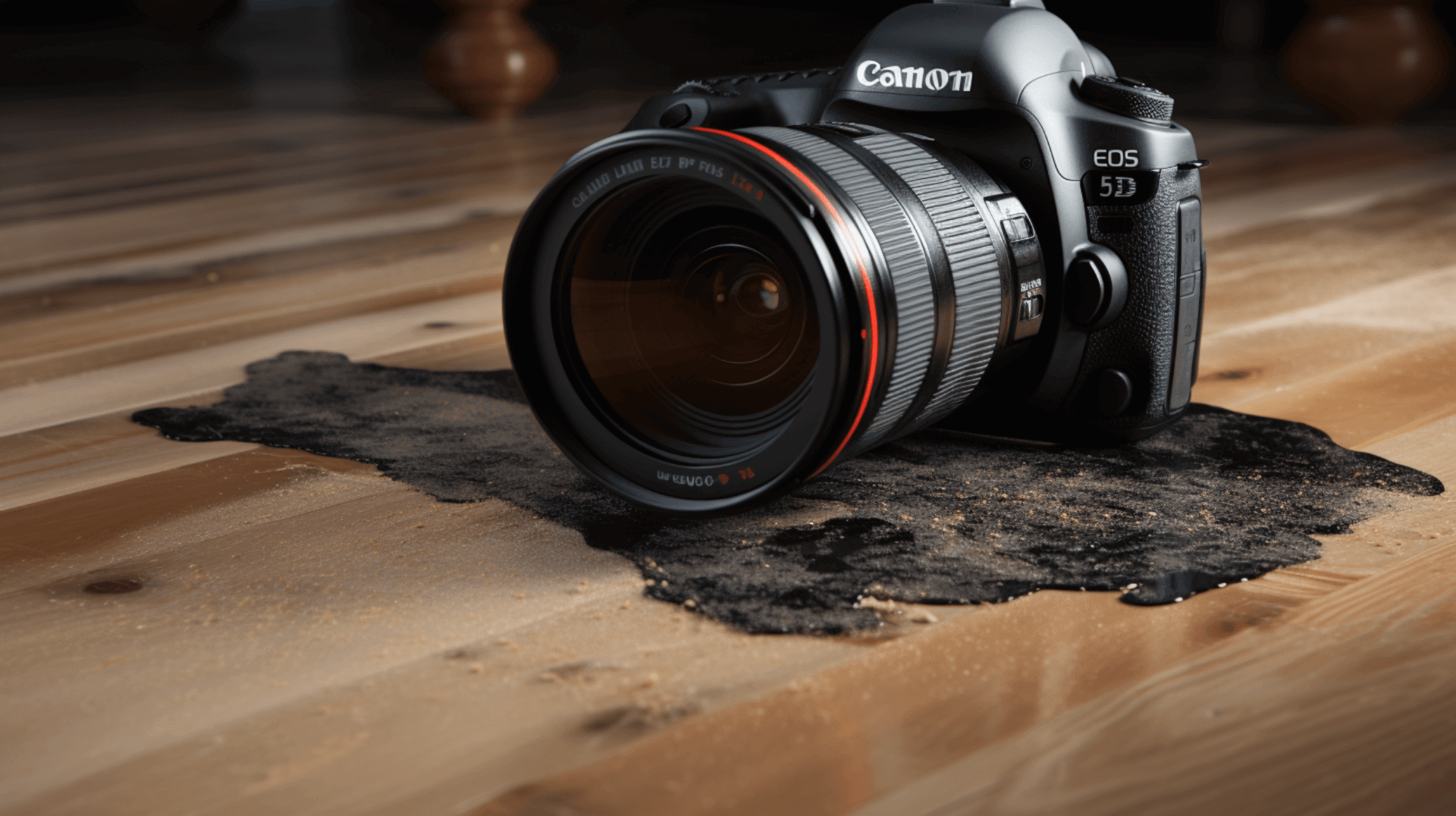
Understanding the moisture content of wooden floors is essential for proper maintenance and preventing damage. Moisture content affects the stability and susceptibility of wooden floors to scratches. Floors with high levels of moisture are more prone to warping, buckling, and damage.
To maintain the appropriate moisture content in wooden floors, it is important to monitor the environment and take steps to reduce humidity levels. This can be achieved by using a dehumidifier, increasing ventilation, and regularly measuring the moisture content of the floor using a moisture meter. Additionally, it is crucial to inspect the floor for any water or condensate pipes in the sub-floor voids and consider them in the design or installation process. Proper insulation and ventilation should be implemented to prevent moisture buildup.
In terms of daily maintenance, dry mopping the floor with a properly treated dust mop is recommended. Sweeping the floor up to three times a day, especially in high-traffic areas, can help remove dirt and debris that may cause scratches. Using walk-off mats at doorways and promptly wiping up spills or moisture on the floor is also important.
When it comes to addressing minor scratches or scuffs, using a floor finish or wood finish cleaner approved by the flooring manufacturer can help restore the floor’s natural beauty. It is crucial to follow the manufacturer’s instructions and apply the cleaner with a soft cloth or dust mop.
By understanding and maintaining the moisture content of wooden floors, implementing proper cleaning and maintenance practices, and addressing minor scratches promptly, homeowners and business owners can ensure the longevity and aesthetic appeal of their wooden floors. Additionally, inspecting the floor for any water or condensate pipes in the sub-floor voids and considering them in the design or installation process can help prevent structural damage and ensure the overall integrity of the floor.
Regular Cleaning and Maintenance: Key to LongLasting Wooden Floors
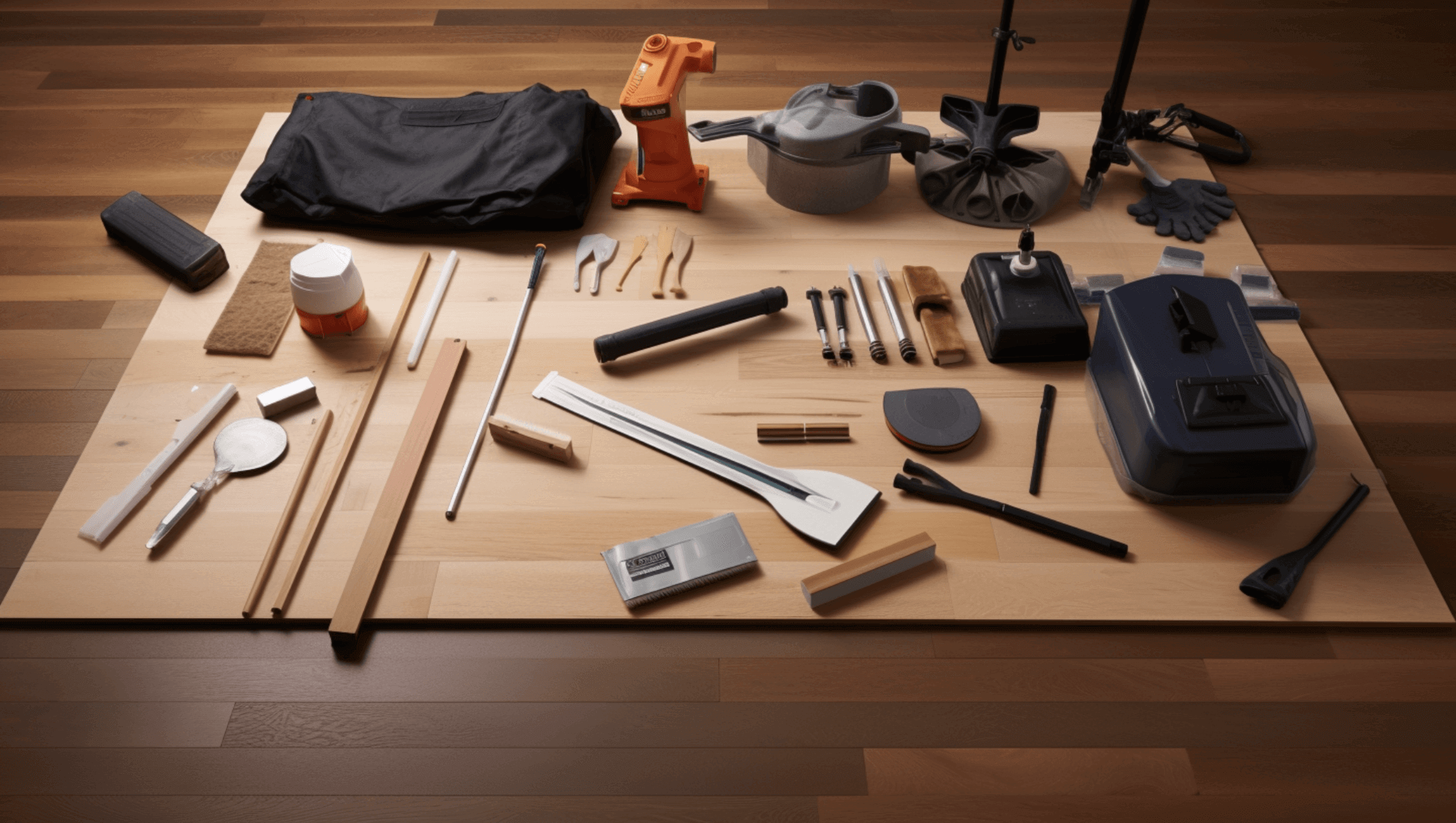
Regular cleaning and maintenance are essential for ensuring the longevity of wooden floors. Proper cleaning and maintenance practices can help prevent scratches and other damage, as well as maintain the floor’s natural beauty.
The best practices for cleaning and maintaining wooden floors include sweeping the floor up to three times a day, especially in high-traffic areas, to remove dirt and debris that may cause scratches. Dry mopping the floor with a properly treated dust mop is also recommended. Additionally, using walk-off mats at doorways and promptly wiping up spills or moisture on the floor can help prevent damage.
It is important to monitor the environment and take steps to reduce humidity levels, such as using a dehumidifier and increasing ventilation. Visual inspection of all water or condensate pipes in the sub-floor voids should also be considered in the design or installation process, as these pipes can increase the risk of decay and infestation. Repairs may also be required to facilitate the installation of insulation, and the customer should be fully informed of the work being carried out.
By following these best practices and considering any specific safety recommendations provided by the manufacturer, homeowners and business owners can effectively clean and maintain their wooden floors, preventing scratches and other damage while preserving the floor’s natural beauty.
Professional Help: When to Call in the Experts
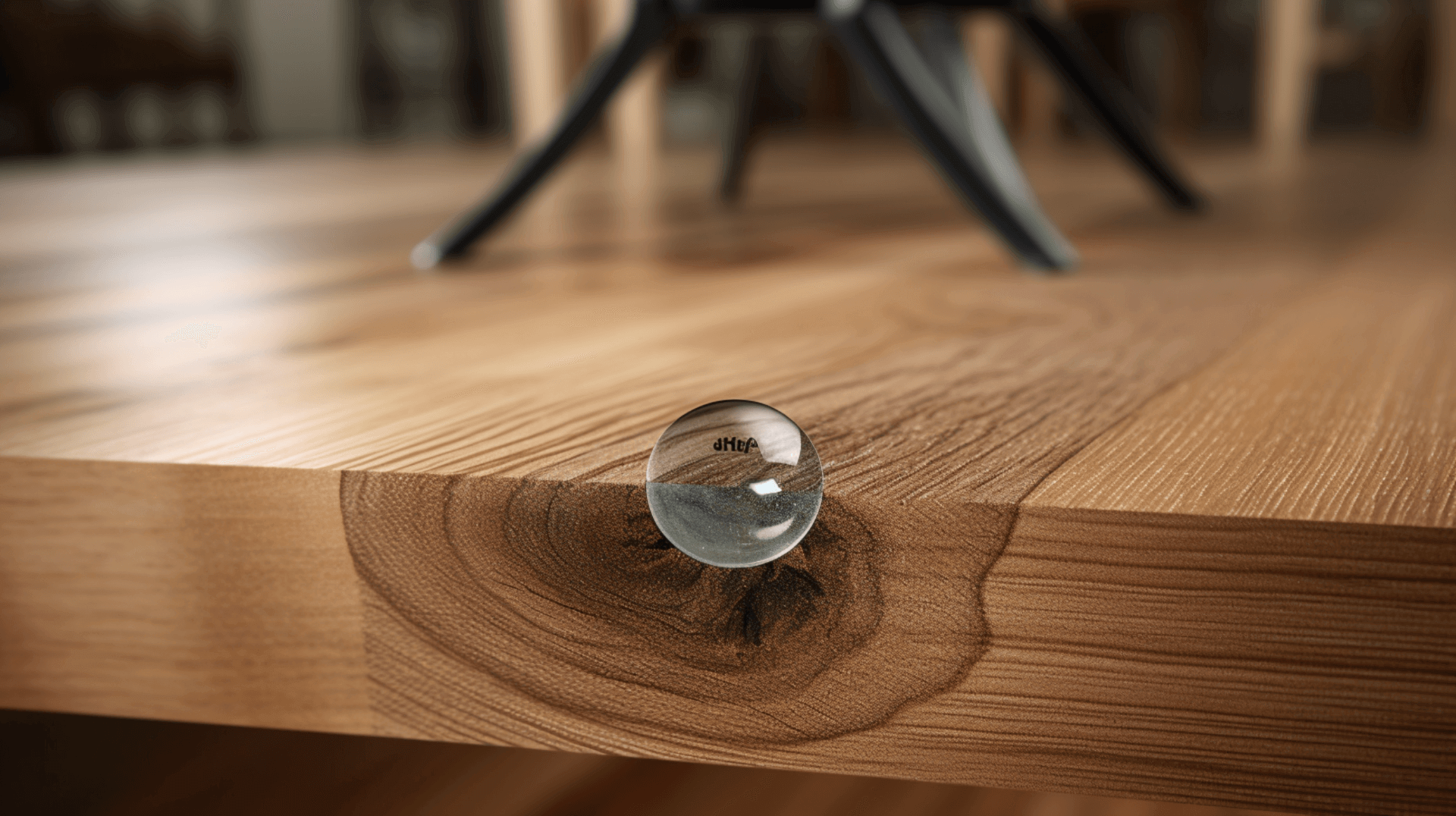
Professional help should be considered for wooden floor maintenance and repair when dealing with deep scratches, dents, stains, water damage, or any other structural damage. GJP Floor Sanding offers a range of services for wooden floor protection and repair, including floor sanding, staining, sealing, and repairs.
Floor sanding is a crucial step in wooden floor maintenance as it helps restore the natural beauty of the floor and remove deep scratches, scuffs, and imperfections. It can also reduce the risk of warping, buckling, and other structural damage. Professional floor sanding services provided by GJP Floor Sanding can also address heavy grain tear or chunks of wood torn away or removed, as well as reduce the risk of infestation and decay. Additionally, we can help isolate and repair areas affected by pet urine, chemical/moisture spills, or other stains.
Staining and sealing services offered by GJP Floor Sanding can further protect the floor from moisture damage and enhance its aesthetic appeal. By maintaining the appropriate moisture content in wooden floors, professional floor sanding services can help minimize the risk of warping, buckling, and other damage. This is achieved by monitoring the environment, reducing humidity levels, and inspecting the floor for any water or condensate pipes in the sub-floor voids. Thoroughly investigating suspect timbers near potential sources of dampness and addressing any issues can prevent structural damage and ensure the overall integrity of the floor.
By seeking professional help from GJP Floor Sanding, homeowners and business owners can ensure our wooden floors are properly maintained, repaired, and protected, resulting in long-lasting beauty and durability.
Insights from GJP Floor Sanding Experts
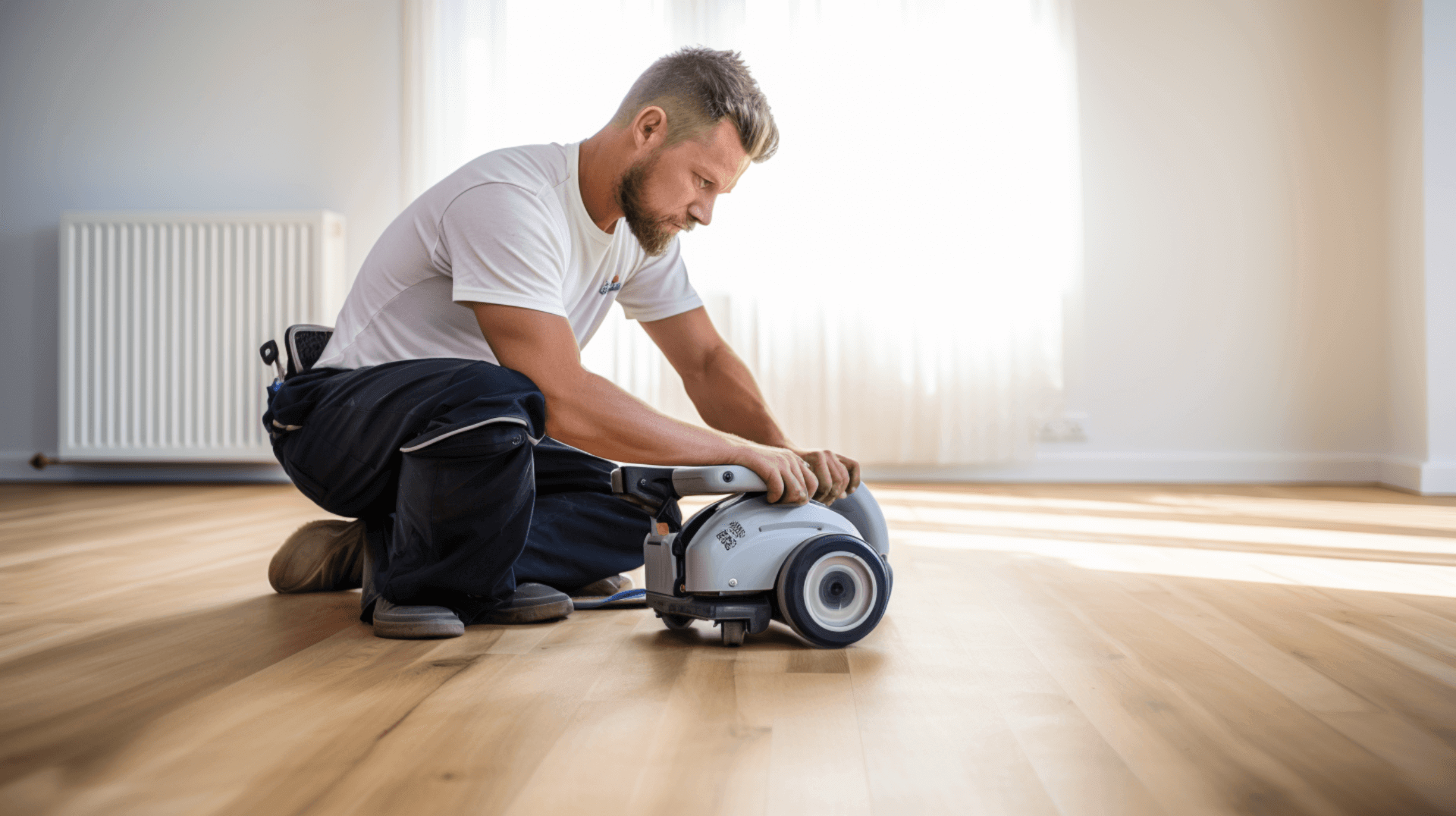
GJP Floor Sanding experts offer a range of tips for protecting wooden floors from scratches. These include using walk-off mats at doorways, regularly sweeping the floor up to three times a day, and promptly wiping up spills or moisture on the floor. Additionally, using a properly treated dust mop for dry mopping the floor and monitoring the environment to reduce humidity levels can help prevent scratches and other damage.
When it comes to scratch repair and prevention, GJP Floor Sanding professionals use a range of techniques, including floor sanding, staining, sealing, and repairs. Floor sanding is a crucial step in wooden floor maintenance as it helps restore the natural beauty of the floor and remove deep scratches, scuffs, and imperfections. Staining and sealing services can further protect the floor from moisture damage and enhance its aesthetic appeal. Additionally, visual inspection of all water or condensate pipes in the sub-floor voids should be considered in the design or installation process, as these pipes can increase the risk of decay and infestation. Repairs may also be required to facilitate the installation of insulation, and the customer should be fully informed of the work being carried out.
By following these expert tips and utilizing the services of GJP Floor Sanding, homeowners and business owners can effectively protect our wooden floors from scratches and maintain our beauty and longevity.
Contact Us: Let GJP Floor Sanding Protect Your Wooden Floor
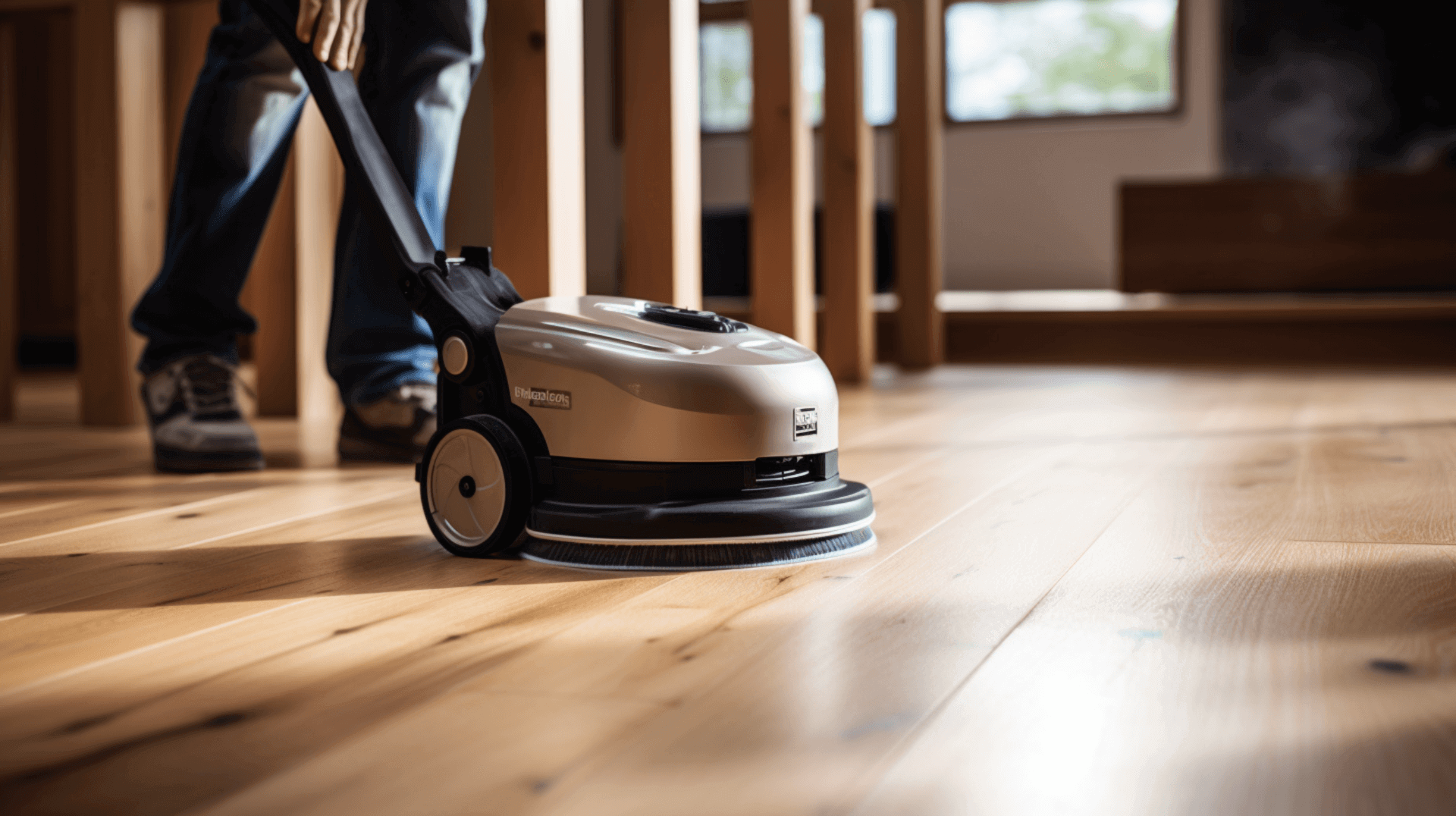
GJP Floor Sanding experts offer a range of tips for protecting wooden floors from scratches, as well as professional floor sanding services to restore the natural beauty of the floor and remove deep scratches, scuffs, and imperfections. Staining and sealing services can further protect the floor from moisture damage and enhance its aesthetic appeal. Additionally, GJP Floor Sanding professionals are knowledgeable about cold bridging, installation methods, and options for insulating a suspended timber floor. We can provide guidance on using roll or batt insulation, as well as insulating with spray foam.
When it comes to protecting wooden floors during the installation process, GJP Floor Sanding experts are experienced in working around services such as water pipes, gas pipes, electrical wiring, flues, and underfloor heating. We also understand the importance of damp-proof courses and can provide advice on preventing condensation and making necessary repairs or adjustments.
After the installation, GJP Floor Sanding professionals conduct post-installation checks to ensure the floor is properly insulated and protected. We have received training and have the vocational competence to handle all aspects of wooden floor maintenance and repair.
By choosing GJP Floor Sanding for your wooden floor protection and maintenance needs, you can be confident that your floors will receive expert care and attention, resulting in long-lasting beauty and durability.